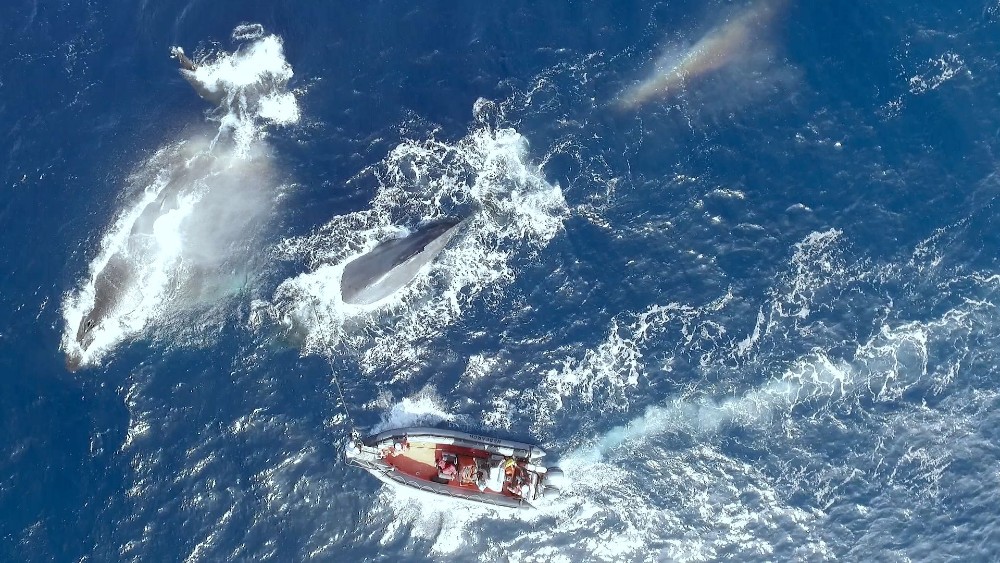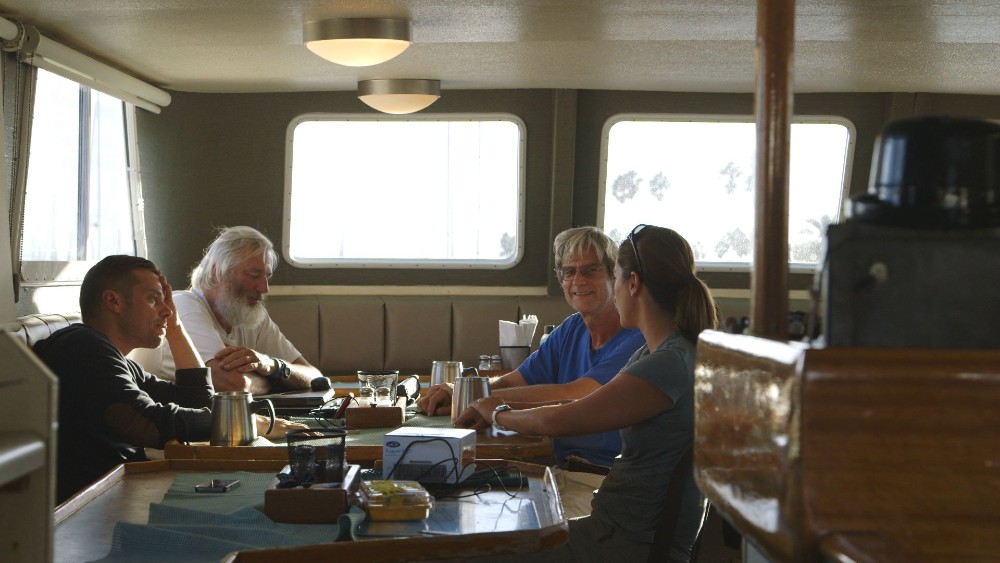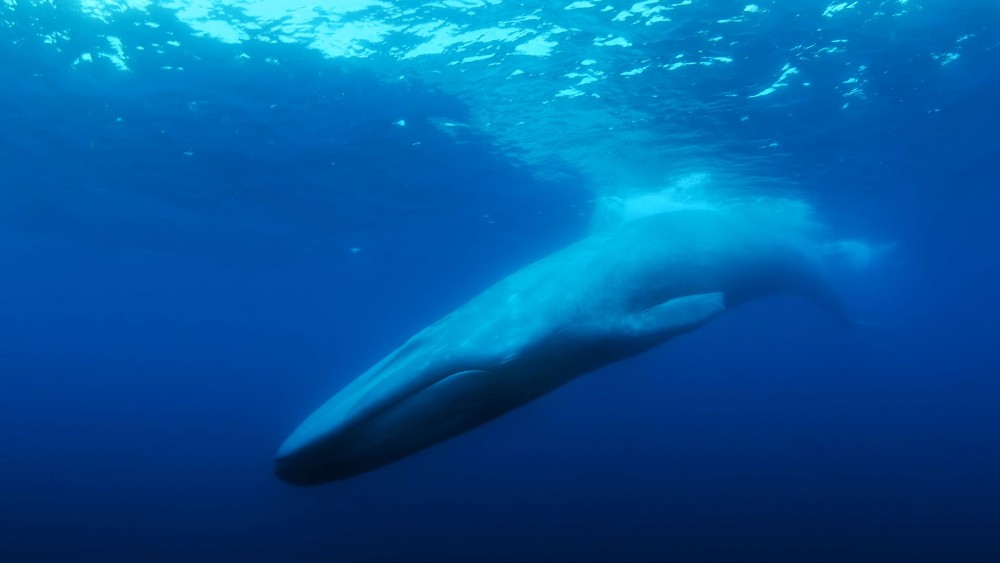
Whales communicate through distinctive calls that can travel hundreds of miles underwater. In 1989, the US Navy detected unique calls on a 52-hertz frequency. As best as scientists could determine, the calls were never answered. Monitors began referring to the “52 Hertz Whale” as perhaps the last of its species.
For years, director Joshua Zeman has tried to find and track the whale, in the process interviewing the leading figures in oceanography. The Loneliest Whale: The Search for 52 follows his progress while documenting a week-long whale-finding expedition in the Pacific Ocean.
Cinematographer Alan Jacobsen worked with Zeman in the 1990s, when both were starting out in New York’s indie film scene. Since then, Jacobsen has worked in fiction and documentaries, notably as cinematographer on director Yance Ford‘s Strong Island (2018 Emmy Award for Exceptional Merit in Documentary Filmmaking) and on episodes of the Anthony Bourdain series No Reservations and Parts Unknown. He photographed the six-part Netflix series, Murder Mountain; two documentaries for director Marshall Curry: Racing Dreams and Point and Shoot; and has worked with Outlier, an online college education program.
Jacobsen spoke with Below the Line from his home in Westchester.
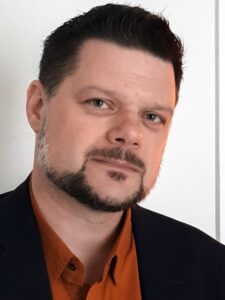
Below the Line: How did you get together with director Josh Zeman on this project?
Alan Jacobsen: He had seen a movie I shot, Strong Island, which took place in the past. We used the camera to give viewers the experience of invisible things, like issues of systemic racism, that you couldn’t really photograph. I think Josh responded to that because he had this story about a whale that he didn’t even know still existed. Even if it did exist, it’s really hard to photograph.
He was thinking at the time that the film would be a meditation on loneliness and disconnectedness. He was going to use the whale as a way into that. So I think he was looking for a cinematographer who could bring abstract ideas of loneliness and loss and separation to a story that didn’t really have any contemporary footage.
Then we discovered scientists thought there was a fairly good chance the whale was still out there. We turned to Kickstarter to mount an expedition to look for it, and people all over the world really responded to the story. Suddenly we had a bit of a budget to launch an expedition, but it’s so expensive out on the ocean. As soon as you get on a boat, everything costs a lot. An absurd amount. We had scientists, the ship’s crew, computers, radios, scanners, and a film crew of seven.
BTL: So you were responsible for all the support boats that went out and tagged the whales?
Jacobsen: Yeah, it was all run by John Calambokidis, who’s one of the premiere whale trackers in the world. He had these fast little motorboats called RIBs, rigid inflatable boats. They smash through waves. We had an awesome camera operator named Bryce Groark from Hawaii who did most of the shooting on the RIBs, while I was on the main ship. That was fine with me, because those boats are incredibly rough and violent. Bryce was literally strapped to the tower of the boat, so he wouldn’t get knocked off into the ocean.
I went on the RIBs a couple of times, it was certainly an adventure. Really fun and really wet. We had to have duplicates of all the equipment because reliability was key. With water, salt, spray, motion, the boats constantly pitching, the cameras were always at risk.
BTL: Did you lose any equipment?
Jacobsen: We didn’t, but at one point our Sound Recordist Dafyyd Cooksey‘s equipment fell into the water at the bottom of the RIB. We didn’t lose anything overboard, which in my previous water-shooting experiences was not the case. I used to do a lot of traveling with Anthony Bourdain, the chef and writer. We were off the coast of Tanzania one time on a catamaran. I took my camera to get a shot of the bow breaking through the water. I leaned out over the front of the boat and watched the matte box fall right off the camera into the water.
BTL: What was your camera package on The Loneliest Whale?
Jacobsen: On the main ship, I knew we had to keep the cameras small and nimble and simple. We used two Canon C300 Mark I’s, they’re beautiful cameras that make great images. I used Canon still-photo lenses, because a lot of those lenses are stabilized and weather resistant. And they’re light.
For the RIBs, we needed something that wasn’t quite so vulnerable, a rough and tumble camera that could be tossed around a bit. We used the Canon XF305, a one-piece camcorder that was easy to waterproof. Single lens, so we wouldn’t have to change lenses out on the boat. It had a tremendous zoom range, something like 28mm to 350mm.
We had a whole bunch of GoPro-type cameras. I had a little Sony Mini in a watertight housing, which I put on the end of a long pole to punch down for underwater shots. We had two drones from a great team out of Los Angeles.
BTL: How did you coordinate all the teams?
Jacobsen: I was lucky to get a really great team of camera people who were also filmmakers. They know about storytelling, they can follow the story.
I had a really great collaboration with a filmmaker named Marshall Curry. We made a number of documentaries together. Say we’re driving to a house to film a family, before we’d get there he would say, “Okay, if we were scripting this as a narrative movie, what would we want to happen?” Well, maybe the estranged dad will come for dinner, have a heart-to-heart with his son, a little bit of reconciling. We knew that probably wasn’t going to happen, but while we’re filming, following the family, I’m thinking about those story points, looking for shots that might help illustrate the longing or absence, the unrequited feelings in the room.
Same for the boat. We’d meet in the morning, talk about what the scientists said would happen that day, talk about the story points, talk through dramatic arcs that might occur during the day. It’s pretty exciting because you’re putting the story together as it’s happening.
BTL: I guess you could call it exciting, or terrifying. Because nobody knows what’s going to happen.
Jacobsen: If you know what’s going to happen, well, is that really a documentary? If you’re following a story where it needs to go, you don’t always know how it’s going to turn out. Documentary filmmaking mirrors the scientific method. You have a theory of what you think might happen, and then you put it to the test, and you find out where it breaks. Then you modify your hypothesis and try again. You learn throughout the process. It may not be what you thought you were going to learn, but it might be very much more interesting.
BTL: Let’s talk about a more practical situation. You’re on the main ship at night, everyone’s gathered in the cabin, it’s been a bad day. How did you approach shooting that?
Jacobsen: Josh and I have the kind of discussion I talked about earlier. As we’re walking into the cabin, I’ll be like, “Okay, what do you imagine is going to happen? What do you want to get out of the scene?” And Josh will answer, “This is the big come-down, everybody’s dejected. We’ve made all this effort, possibly for naught. What are we going to do next?”
I might say, “Josh, when you go in there, try to sit in that forward chair against the wall. That way the others will gather around you.” If I have Josh in the scene, I have a bit more control over the blocking. Which means the two cameras will work well together.
Then it’s this kind of silent dance, figuring out what to shoot as people settle into their characters. A dejected person in the corner, the frustrated guy at the computer still tapping at the data. We often try to show connections. So if the person in the background is talking, I’ll rack focus from them to somebody in the foreground. This thing kind of gives the audience an immersive feeling that you’re in the room.
I’m always trying to remember that in a scene like that, it’s often not the person talking who’s interesting, who’s telling the story.
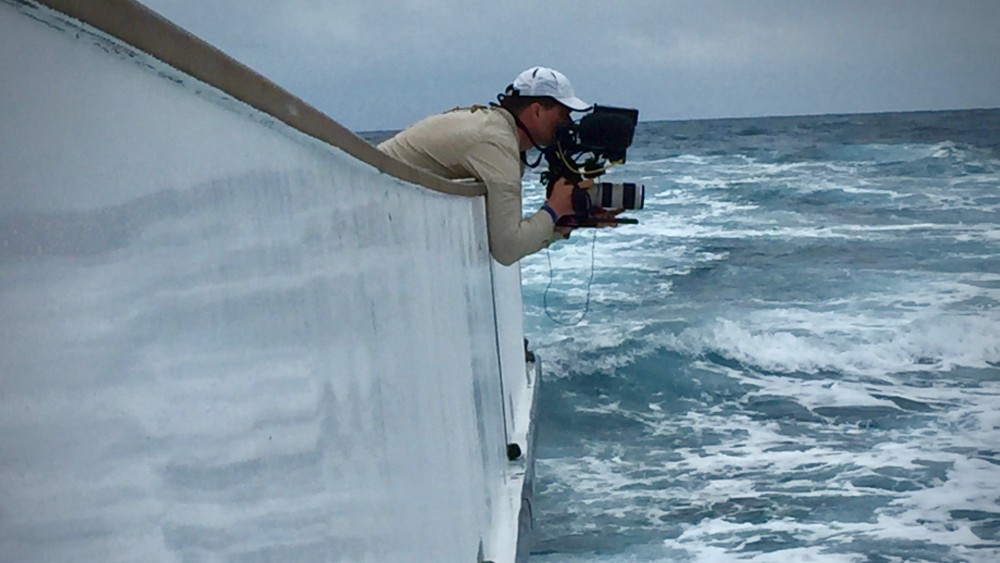
BTL: Who’s on the second camera?
Jacobsen: Bryce had come back off the RIB, so he picked up the second camera. We work silently, with hand signals or whatever, I’ll be over here, you be cross-shooting over there, 2.8 on the lens and let’s go.
Those are really wonderful scenes to shoot, you’re working in collaboration and the cameras are dancing around the scene. I’m watching for reactions, but I’m also watching the other cameras to see where he’s going. I’m reacting to where he’s shooting. If he’s on a detail of a paper, I cover the person writing on the paper. And then when I pan away to get a reaction, he swings around and fills in my spot. We’ll often hold up fingers. With three fingers, I’m telling Bryce I’m on a three-shot, then he knows he can be on a tighter or wider shot.
BTL: You worked with Anthony Bourdain. Have you seen Morgan Neville’s documentary Roadrunner?
Jacobsen: I haven’t been able to bring myself to watch it yet. It’s funny, because I’ve been working with Morgan Neville on a bunch of other projects. When they were gearing up for this, they asked if I would shoot some interviews, but it was just a little too close to home.
BTL: I was surprised by how much behind-the-scenes footage they had.
Jacobsen: We would shoot everything on those shows, because Tony was always on. Not on, that’s not the right word. What I really liked about Tony was that what you see in the show is pretty much who he was. He was very authentic in that way, which, you know, a lot of TV people aren’t. Whether the cameras were rolling or not, he was irascible and funny and complicated. We’d always be rolling because he could turn on a quip or make a joke at any moment—and he would never, ever redo something. So we had to catch it live the first time.
The first time I worked with him was in the Ozarks at some arm-wrestling bar. He’s famous for being early, he was always early. So I turned around and there he was. He had just walked in, and I didn’t get the shot. I asked if he could go out and come in again, and he just stared at me, staring into my soul. “No, if you want to get a shot of me coming in the door, you get it when I come in the door.”
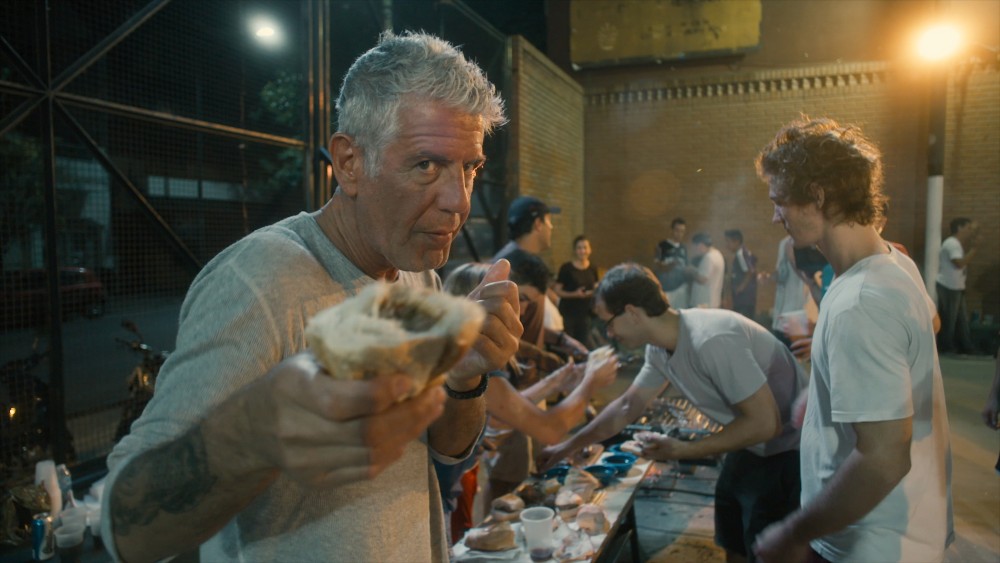
Which is a great discipline, it really is. It forces everybody to be thinking one step ahead, to be on their game. He liked keeping us all a little bit terrified of working on the edge of competence. Just like his travel—he always wanted to be having a new, slightly uncomfortable experience. That’s why in the show, a lot of the times you see the failures. He goes out fishing, and it’s a disaster, or he shows up at a place, and it’s closed. He would write those failures into the show, because that’s what life and travel is about. You plan on something, but it doesn’t always work out. He liked keeping that feeling of tenuousness, that we’re barely keeping this together. He especially liked when that made it in the show.
Which is why a lot of that behind-the-scenes footage is very compelling. You see that whether he’s on or off camera, everyone’s still very much in that zone the whole time.
I really appreciated that work. The subjects weren’t there for the camera’s sake. We’re there to kind of hopefully capture them in their element. You don’t get retakes, you don’t get to set up shots. It’s a really good training. Be in the moment, responding, trying to think ahead, having a couple options up your sleeve. If Tony walks over there, I’m going up on top of the hill.
BTL: It’s hard to sustain that lifestyle.
Jacobsen: He would travel 300 days a year, and those shows were physically hard to shoot. We’d be out for 13, 14 days, and the days were long. You always want the beautiful morning light, and then you want the beautiful evening light, then it was the beautiful midnight street market scene under the gas lantern. We were always striving for more and more. It was exhausting, a little lonely. It’s hard to constantly work like that.
Tony relied a lot on the crew to sustain that energy. I cherish those trips because we were really kind of doing it together. And the show was visually very adventurous, because you could pitch anything to Tony, as long as we said it was an homage to some obscure Japanese noir that he liked. Or we could say, “Hey, we want to shoot this whole show on one prime lens from waist high, just like Yasujirō Ozu.” Or, “This is a Kurosawa episode.” He’d be, “Okay, great.”
When the network would see the footage, it was like, “What is this?” And Tony would defend us to the end. “This is Kurosawa, man.”
The Loneliest Whale is now playing in select theaters nationwide and is also available digitally.
All photos courtesy Bleecker Street, except where noted.

